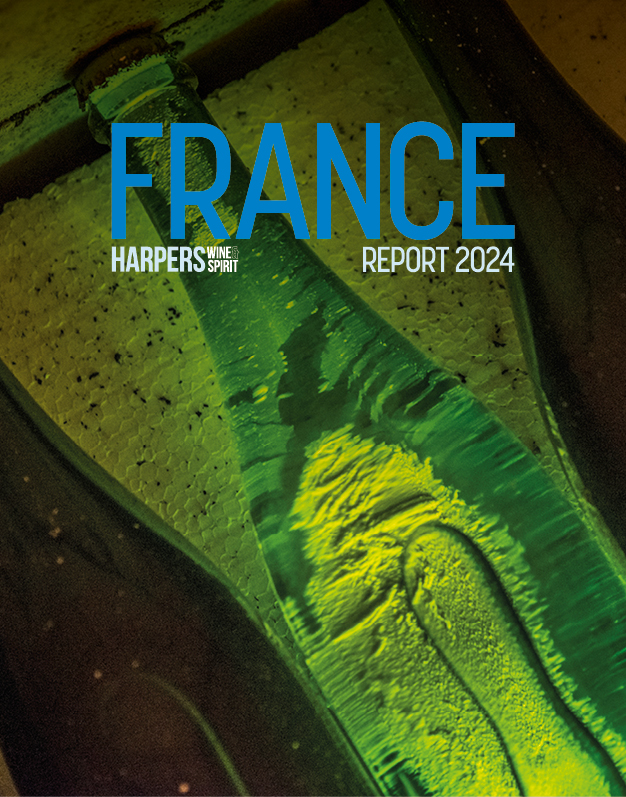
World map of wine to be turned on its head warns Dr Richard Smart
"The wine business is the canary in the cage for world agriculture because it so sensitive to change," Dr Richard Smart told delegates to the 3rd International Sparkling Wine Symposium, being held at Denbies Wine Estate, Dorking, Surrey.
Currently based in Cornwall, renowned viticulturalist, Smart consults in over 30 countries. He acknowledged that all grapes have the potential to make sparkling wine, but "not all are distinguished".
Using data from the Intergovernmental Panel on Climate Change, Dr Smart highlighted the regions most likely to suffer serious temperature change by 2050, with central Europe likely to be particularly badly affected, with rises up to several degrees centigrade on the continent. Looking ahead 50 years, would the "Champagne" of the day be made in Denmark, he speculated. "Or England for that matter."
The wine regions least likely to be affected are those in the southern hemisphere, Smart said, particularly those towards the South Pole, such as Chile, Argentina and Tasmania. "Not South Africa, I'm afraid."
"One option for a northern hemisphere producer would be to invest in a southern hemisphere vineyard," claimed Smart.
Looking at regions with similar temperature patterns to Champagne, Smart highlighted New Zealand, specifically around Otago. "I don't know why they don't do more sparkling wine in New Zealand," he said. Elsewhere, opportunities to expand in Tasmania are limited, "but the areas around Hobart are the best," he said. "In my view, the best vintages for Tasmania are yet to be planted."
Back in Europe, England certainly has potential for sparkling wine. "Although it is a bit wet," he acknowledged.
Pests are likely to be the first signs of climate change's adverse effects, said Smart. First up might be the multicoloured Asian ladybird, already causing problems in Canada. The bug, practically indistinguishable from other ladybirds, taints the vines - and hence the wine - with methoxypyrazine. Originally introduced into Europe in a bid to control aphids, although it has been spotted in English vineyards, it has yet to make its presence felt.
What will be more important, in Smart's opinion, will be grapevine trunk disease. Caused by airborne fungal spores, this eventually causes the vine's death and can get into the soil. First spotted some five years ago in the UK, Nyetimber's Pascal Marty told Harpers.co.uk that it hasn't proved as dangerous as initially feared, despite the wet and mild climate, perhaps due to the relative youth of most of the country's wines.
Around 150 delegates from 15 countries are attending the 3rd ISWS.






